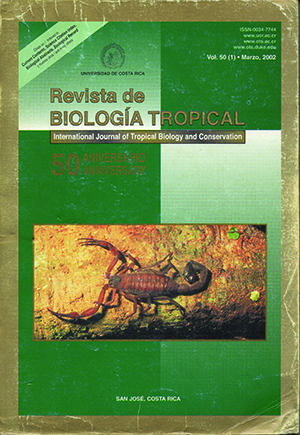Abstract
The Chirostoma “humboldtianum” group includes seven silverside species considered as a monophyletic assemblage because of their high genetic and morphological similarities. The group includes five moderately large species, “peces blancos” (117 - 300 mm standard length - SL) and two smaller species, “charales” (70 - 142 mm SL). These species are of great economical, cultural and ichthyological interest for local populations, and their management practices are controversial. We investigated the morphometric, meristic and allozyme variations of the seven species (13 populations) and related the variations with life history, habitat and management procedures. Nineteen morphometric variables, eight meristic variables (by multivariate analysis) and 23 allozyme loci of the seven species and populations of Chirostoma were compared. Principal component analysis (PC) of morphometric and meristic data indicate that both sets of data provided information to differentiate among the seven species. The variables that accounted for most of this differentiation were head length (HL), predorsal 1 length (P1L) and length of pelvic fin base (PfbL). PC and Discriminant Analysis (DA) with morphometric data also suggested the differentiation of populations within C. grandocule (83% correctly classified organisms), whereas PC and DA with meristic data differentiated populations of C. humboldtianum (80% correctly classified organisms). The most important morphometric variables for the differentiation were anal fin height (AfH), length of anal fin base (AfbL) and predorsal 2 length (P2L) and the meristic variables D2fR, PdS and AfR. The genetic variability data indicate changes in values of some of the species in relation to previously reported data. The present populations of C. grandocule show a reduction in He (0.002 vs. 0.009). Other species showed an increase; for instance, C. consocium consocium, C. humboldtianum, C. lucius, C. promelas and C. sphyraena averaged He = 0.069 vs. 0.027. θ indicated significant genetic differentiation among the analysed species (0.247, S.D. 0.159) and θS supported the morphological data that suggest intra-specific differentiation (0.360, S.D. 0.154).##plugins.facebook.comentarios##

This work is licensed under a Creative Commons Attribution 4.0 International License.
Copyright (c) 2002 Revista de Biología Tropical
Downloads
Download data is not yet available.


